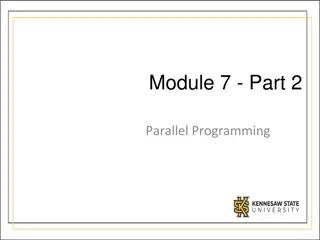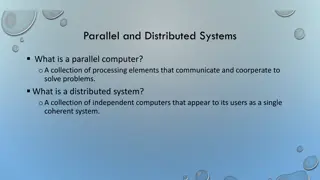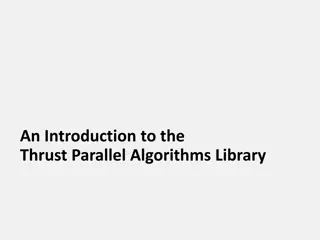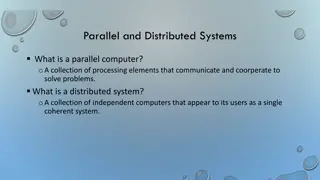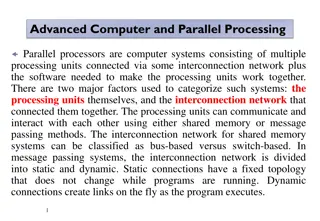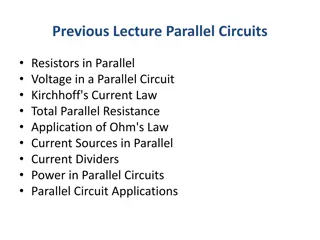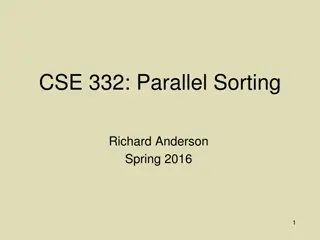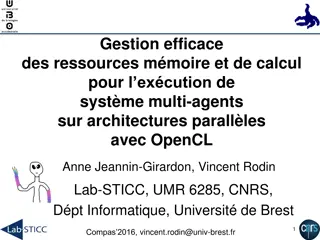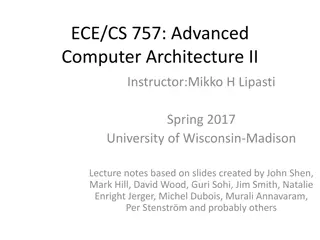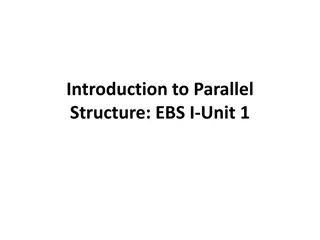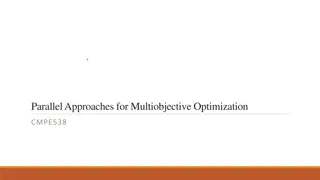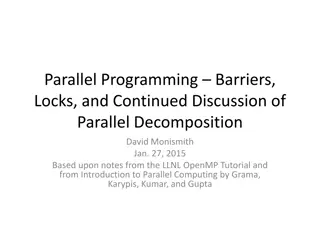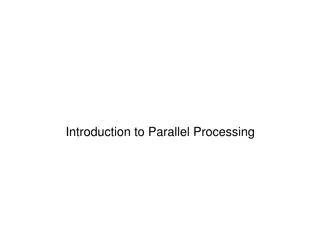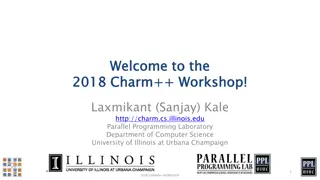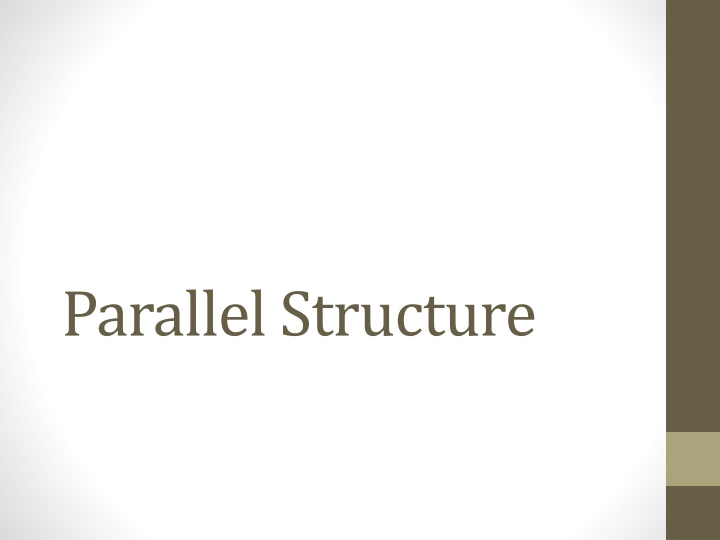
Improve Your Writing with Parallel Structure Tips
Learn how to enhance the clarity and impact of your sentences by employing parallel structure. This guide covers the basics of parallelism, provides examples, and explains how to apply it with coordinating conjunctions, correlative conjunctions, phrases or clauses of comparison, and in lists.
Download Presentation

Please find below an Image/Link to download the presentation.
The content on the website is provided AS IS for your information and personal use only. It may not be sold, licensed, or shared on other websites without obtaining consent from the author. If you encounter any issues during the download, it is possible that the publisher has removed the file from their server.
You are allowed to download the files provided on this website for personal or commercial use, subject to the condition that they are used lawfully. All files are the property of their respective owners.
The content on the website is provided AS IS for your information and personal use only. It may not be sold, licensed, or shared on other websites without obtaining consent from the author.
E N D
Presentation Transcript
Parallel structure (also called parallelism) is the repetition of a chosen grammatical form within a sentence. By making each compared item or idea in your sentence follow the same grammatical pattern, you create a parallel construction.
Example Not Parallel: Ellen likes hiking, the rodeo, and to take afternoon naps. Parallel: Ellen likes hiking, attending the rodeo, and taking afternoon naps. http://www.youtube.com/watch?v=qvDNvS2M3QA
With Coordinating Conjunctions When you connect two or more clauses or phrases with a coordinating conjunction (for, and, nor, but, or, yet, or so). Not Parallel: My best friend took me dancing and to a show. Parallel: My best friend took me to a dance and a show.
With Correlative Conjunctions When you connect two clauses or phrases with a correlative conjunction (not only but also, either or, neither nor, if then, etc.). Not Parallel: My dog not only likes to play fetch, but also chase cars. Parallel: My dog not only likes to play fetch, but he also likes to chase cars.
With Phrases or Clauses of Comparison When you connect two clauses or phrases with a word of comparison: than or as. Not Parallel: I like swimming better than to dive. Parallel: I like swimming better than diving.
With Lists When you are comparing items in a list. Not Parallel: The tribes emphasized collective survival, mutual aid, and being responsible for one another. Parallel: The tribes emphasized collective survival, mutual aid, and responsibility for one another.
Not Parallel: Your company and what its potential is are of great value to me. Parallel: Your company and its potential are of great value to me. Not Parallel: Clara not only wants money but also fame Parallel: Clara not only wants money but also wants fame.
Not Parallel: Paula went to work, a restaurant, and to the movies. Parallel: Paula went to work, to a restaurant, and to the movies. Not Parallel: Raoul's GPA is higher than Ralph. Parallel: Raoul's GPA is higher than Ralph's.
Not Parallel: Professor Ali rewarded his students for their hard work on the final project and going beyond the call of duty. Parallel: Professor Ali rewarded his students for working hard on the final project and going beyond the call of duty. Not Parallel: Coach Adams was a brilliant strategist, a caring mentor, and friend. Parallel: Coach Adams was a brilliant strategist, a caring mentor, and a wise friend.
Practice 1) Phuong Tran has wit, charm, and she has an extremely pleasant personality. 2) In English class, Mona learned to read poems critically and she appreciated good prose. 3) He wanted three things out of college: to learn a skill, to make good friends, and learning about life. 4) Mr. Nguyen kept his store clean, neat, and he made it conveniently arranged. 5) Formerly, science was taught by the textbook method, while now the laboratory method is employed.
Parallel ( answer key) 1)Phuong Tran has wit, charm, and a pleasing personality. 2) In English class, Mona learned to read poems critically and to appreciate good prose. 3) He wanted three things out of college: to learn a skill, to make good friends, and to learn about life. 4) Mr. Nguyen kept his store clean, neat, and conveniently arranged. 5) Formerly, science was taught by the textbook method; now it is taught by the laboratory method.

